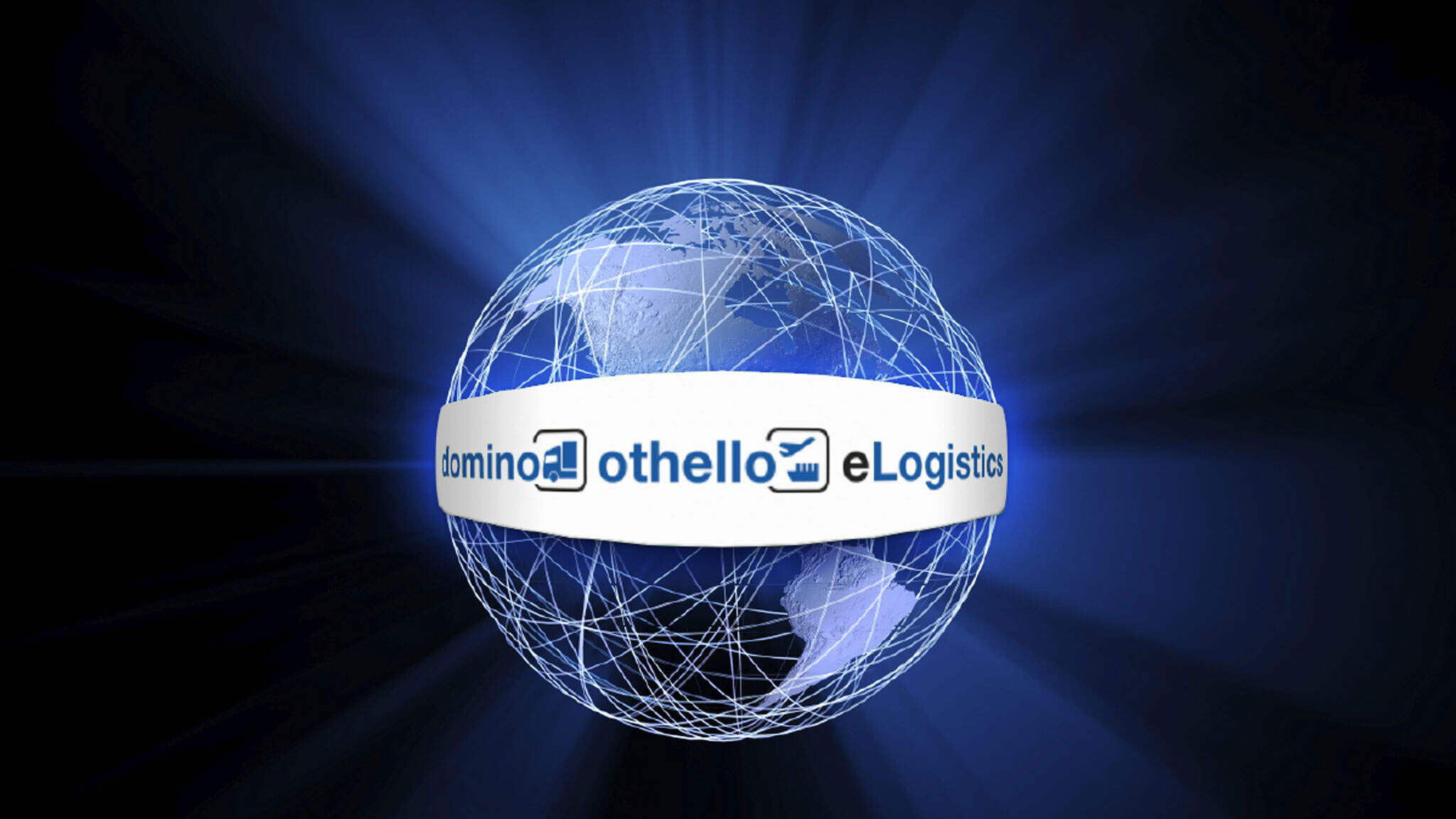Driving the evolution of logistics at the click of a mouse
Today’s companies require a logistics solution that combines an integration of core services to provide a seamless and swift movement of products from origin to destination. Technology is being used more extensively now than ever before to boost supply chain competitiveness by enhancing the overall effectiveness and efficiency of the logistics system.

According to Detlev Duve, Managing Director of DACHSER South Africa, the logistics industry has been going through a time of rapid and unparalleled transformation as a result of ongoing competitive and challenging market conditions that are driving up client logistics demands around the world. He says that DACHSER identified early on that the use of information technology would support the evolution of the logistics offering.
DACHSER Corporate IT system has ISO 27001 certification
“DACHSER recognised the growing importance of information technology in driving logistics functionalities and the need for this to be reliable and uniform combined with an ability to link disparate processes into one seamless view,” says Duve. “The end point would be to have a system that would not only enable staff to operate more efficiently and for the management of logistics processes to be optimized, but one that would also allow clients a transparent, real-time view of their own shipments.”
To this end, the company spent a number of years developing their IT systems to provide an interlocking functionality that takes integration to a whole new level. DACHSER’s information technology provides a highly sophisticated solution for the management and control of the flow of goods. The company’s tightly interwoven IT systems enable the optimization and integration of informational data and logistics processes to deliver maximum value along the entire supply chain.
For example, explains Duve, DACHSER’s air and sea freight shipments are managed via a specific system named Othello, which forms an integral part of the company’s globally standardized IT system linking DACHSER’s worldwide network of overland and warehousing activities.
The benefit of having one core system, explains Duve, is that clients are provided with a consistent and globally uniform solution rather than a multitude of systems and isolated applications. “Although different and complex activities are being coordinated on the ground, from the client’s perspective a shipment is tracked with one unique identification number. Thus, clients are offered a gap-free, transparent flow of information with high quality data that is essentially independent of location or means of transport. Air and sea freight are linked in a continuous transport system with surface transport and warehousing.”
Duve says that an IT system that promises the provision of real-time information must be able to deliver this no matter when or where the client checks in on their shipment. “If a client is going to rely on this data to ascertain where their shipment is and manage their internal timelines accordingly, it is critical that this system is never ‘down’ or unavailable to the client. To enable this type of transparency at all times, the IT system must have an extremely robust backend. For example, DACHSER’s global system undergoes weekly software updates, and every DACHSER employee around the world works with the same software version. This ensures that the software meets logistics demands flexibly, economically and seamlessly.”
In addition, Duve says the DACHSER Corporate IT system has ISO 27001 certification. “While this doesn’t necessarily mean much to our clients in technical terms, it does give a clear message to them about the quality and professionalism of our operating software and our ability to support their supply chain requirements.”
Perhaps most importantly, however, Duve says that an IT solution should be network-compatible in order for it to be precisely tailored to the requirements of local customers. “This is a key deciding factor when choosing a logistics provider. Clients come with their own IT solutions and don’t want to be told that they have to overhaul their system in order to manage their supply chain. A sophisticated system should be able to plug into the client’s own system and add value to the supply chain management through the provision of critical data at the click of the mouse.”